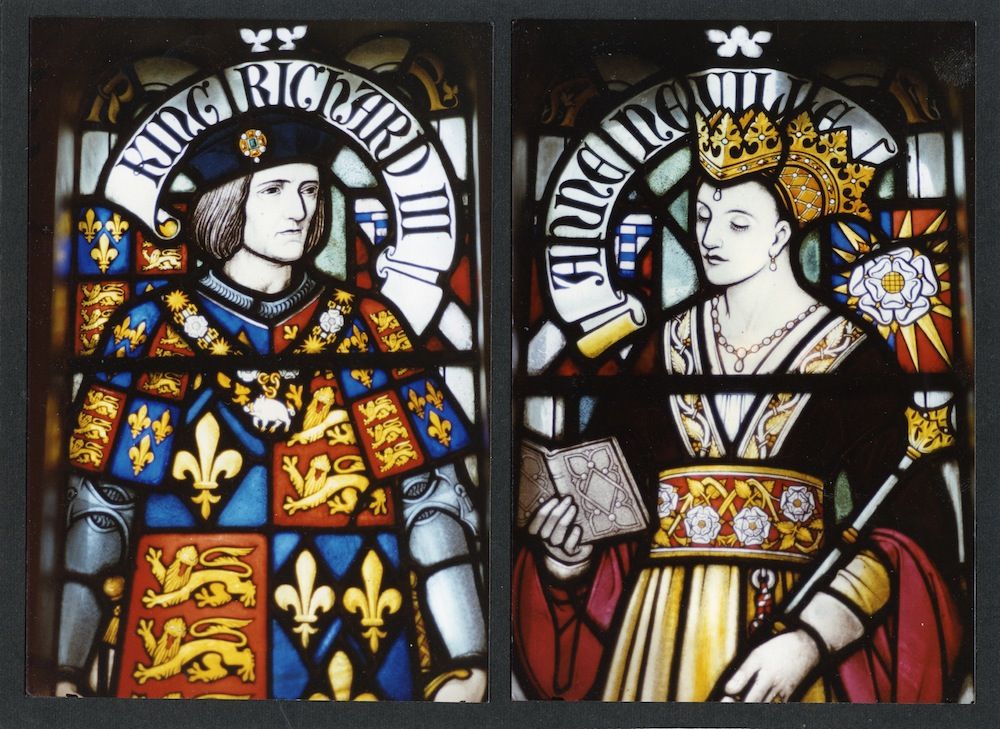Body Found in Search for Richard III Almost Destroyed in 1800s

Last month, a search for King Richard III's remains turned up a human skeleton beneath a parking lot in England. Researchers have a long way to go in the lab before they can determine whether it belongs to the monarch, but they say they were lucky to have found a body at all. Evidence suggests the grave was almost razed by 19th-century builders.
"It was incredibly lucky," archaeologist Mathew Morris, said in a statement. "If the Victorians had dug down 30 cm (12 inches) more they would have built on top of the remains and destroyed them."
Leicester City Mayor Sir Peter Soulsby added that the head of the body was found "inches from the foundations of a Victorian building."
"They obviously did not discover anything and probably would not have been aware of the importance of the site," Soulsby said of the 19th-century builders. "If their plans had been just a little different, they could have destroyed a most significant historic find." [See Images of King Richard III Discoveries]
The remains were hidden within the choir of a medieval church known as Greyfriars, where many thought the English monarch was buried after his death in the Battle of Bosworth Field, part of the War of the Roses. The location of this church had been lost to history, but University of Leicester archaeologists traced the likely location to beneath the parking lot for the Leicester City Council offices.
Archaeologists began excavating the lot on Aug. 25 and soon after found what they believe is the lost church. The excavation also uncovered paving stones that may be part of the garden built by Leicester mayor Robert Herrick on top of the church where Richard III was buried. In 1612, a man named Christopher Wren reported a 3-foot (1-meter) tall stone pillar in the garden that was inscribed, "Here lies the body of Richard III sometime King of England."
The skeleton they found appears to be an adult male and shows signs of trauma to the skull and back before death, which would be consistent with a battle injury, the researchers said.
Sign up for the Live Science daily newsletter now
Get the world’s most fascinating discoveries delivered straight to your inbox.
In the lab, the team will try to match genetic material from the remains with DNA extracted from a man believed to be a descendant of Richard III's sister. If the skeleton indeed belongs to King Richard III, it will be reinterred in the Leicester Cathedral.
Follow LiveScience on Twitter @livescience. We're also on Facebook & Google+.
